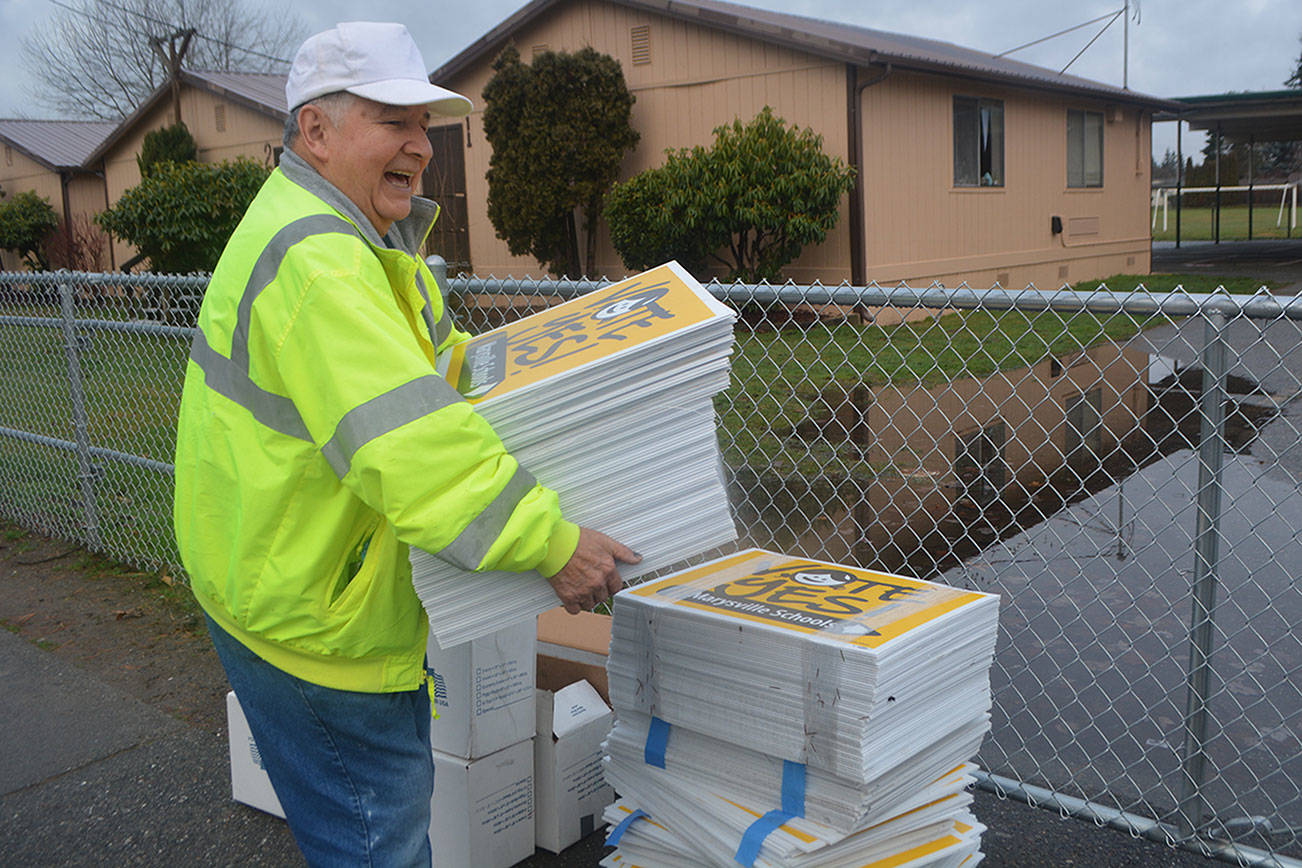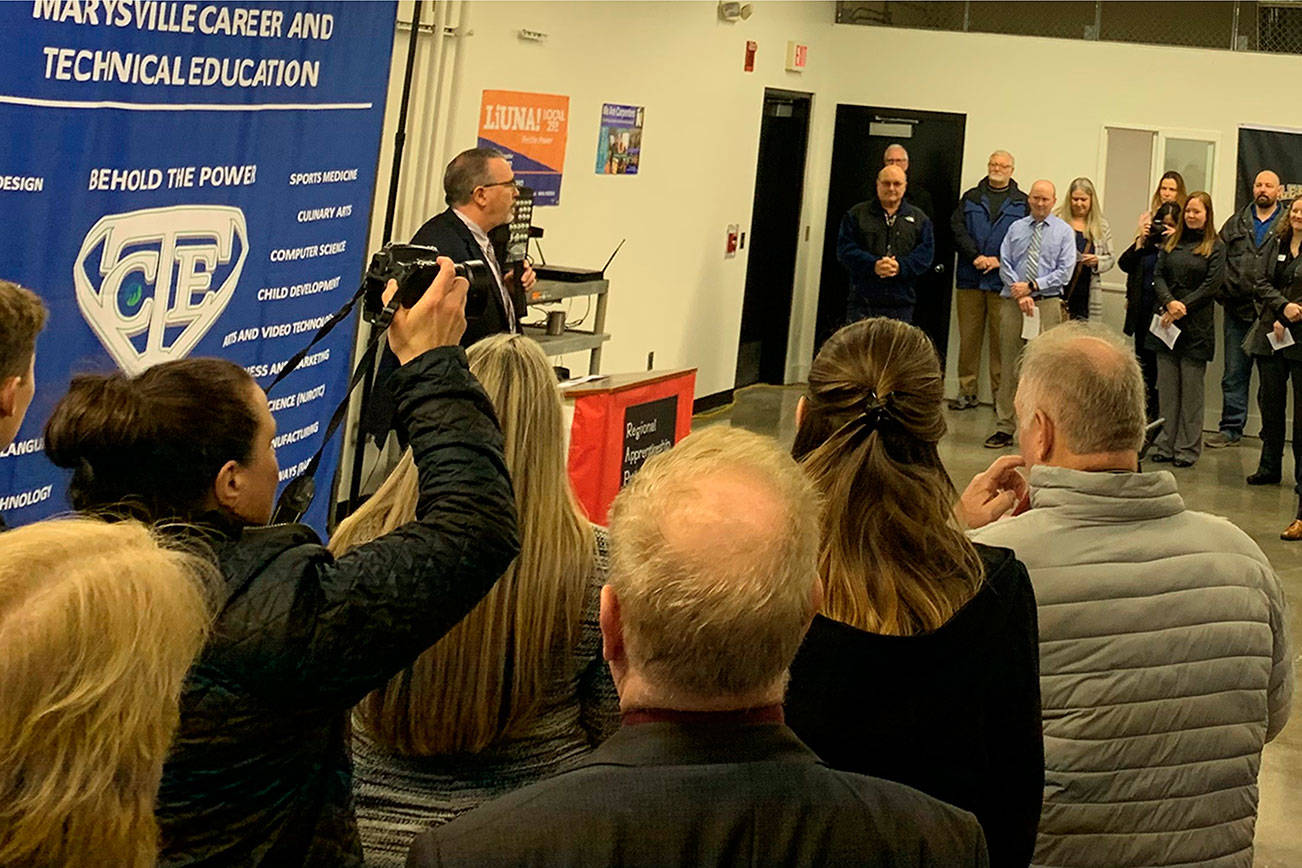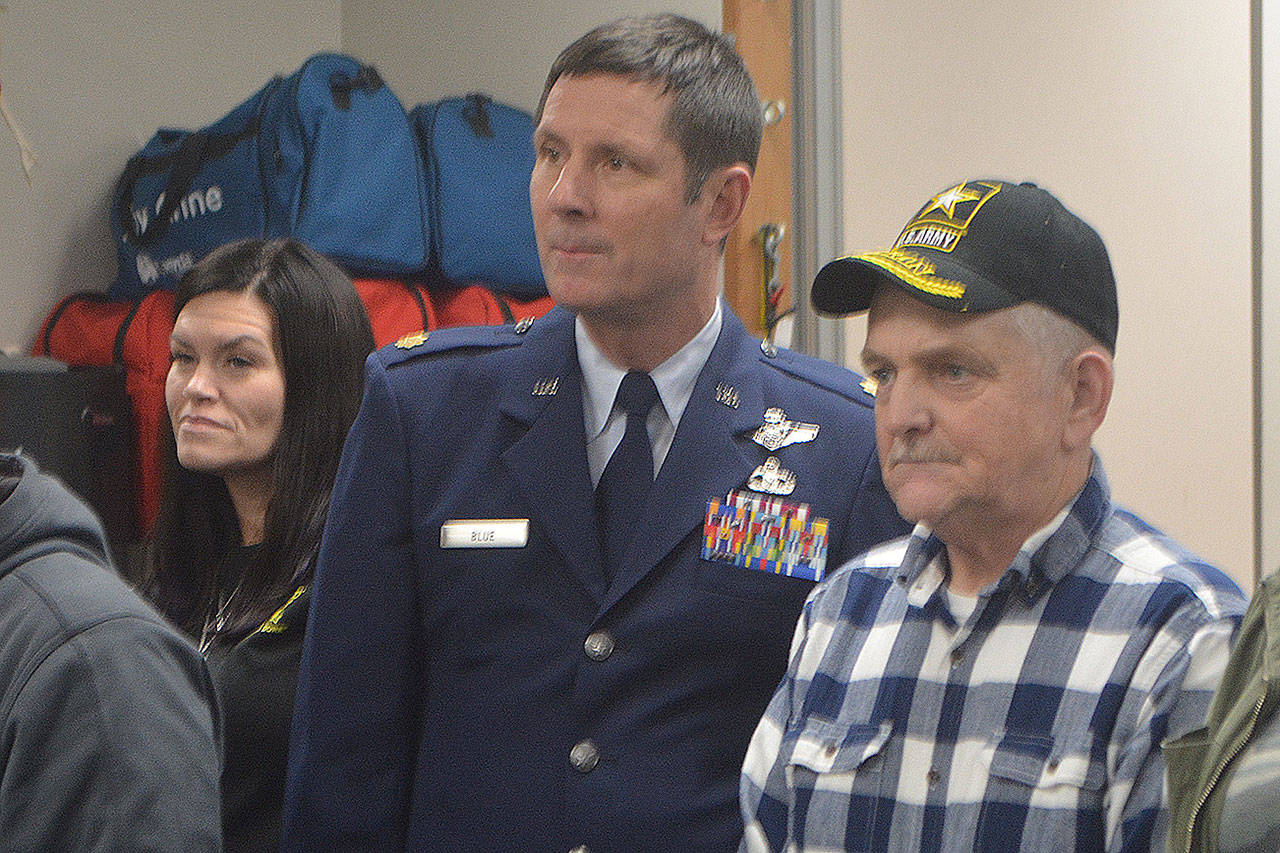TULALIP – Not long ago tribes were only interested in talking about what needed to be done environmentally to bring back native fish.
Now things are so bad they know it’s also going to take the help of hatchery fish.
In the latest legislative session, the Tulalip Tribes were allotted $98,000 from the state to expand their hatchery.
“It was the first time we’d ever applied for state funding” for that, tribal chairwoman Teri Gobin said Thursday.
The Northwest Fisheries Commission allocated another $159,000 for expansion of the hatchery.
“Until all the culverts and fish spawning grounds improve we’ll have to assist the fish,” she said of the hatchery. Gobin said their hatchery fish are taken from wild stock samples, and they have returned but in smaller numbers, due to culverts, the aggressive sea lion population and other factors.
Gov. Jay Inslee took a big step in dealing with the culverts after the legislative session. He changed a section in the budget so more money would go to the Fish Passage Barrier Removal Project.
Only $100 million was pegged for the project. The state’s tribes called for $300 million. With the stroke of his pen, the project will receive $275 million, shifted from five highway projects.
The state is under federal court order to replace hundreds of culverts statewide by 2030 that impede the passage of salmon to spawning grounds, and fish to the ocean. The total estimated price tag is $3.8 billion.
Some lawmakers questioned Inslee’s authority to do that, but since the session is over the possibility of a challenge is unknown.
Inslee told The Herald that it’s not just the court – it’s the right thing to do. “The fate of our salmon is intrinsically tied to our tribes, our orca, our economy and our very identity,” he said.
Gobin said Inslee’s budget move came as a surprise, but it’s one the tribes are excited about. “It’s a positive step to save the salmon,” whose habitat restoration is one of our key issues, she said. Other key legislation for the tribes includes:
•The Native American Health Improvement Act that creates an Indian Health Advisory Council and directs it to: (1) Adopt the biennial Indian health improvement advisory plan; (2) Address policies or actions that have tribal implications that are not able to be resolved or addressed at the agency level; and (3) Provide oversight of certain service organizations or entities to address their impacts on services to American Indians and Alaska Natives and relationships with Indian health care providers. It also creates a reinvestment committee of the council and requires it – with assistance from the state health care authority, the American Indian health commission for the state and other member entities of the advisory council – to prepare a biennial Indian health improvement advisory plan. And it creates an Indian health improvement reinvestment account.
Gobin said fishing, health care and education were all key to treaties signed years ago. “All three are lacking,” she said.
She said Tulalip employees, elders and youth receive good health care. Many others receive subsidized health care. “Our big vision is universal health care where all are taken care of,” she said.
At Tulalip they also want to improve their clinics and attract and retain quality doctors by improving their pay and making it a good place to work. “They’re in high demand,” she said of doctors.
•Sen. John McCoy’s Native American Voting Rights Act increases access to voting on tribal reservations through increased ballot drop locations, flexibility relating to nontraditional residential addresses, language around use of tribal identification—voter registration services upon request, and enforcement action if the county auditor fails in responsibilities under the law. Gobin said Tulalip already is working on this to try to get more members to vote. A ballot drop box will be placed near their gym. Voter registration also is an effort.
“Getting out the vote is so important,” she said. “Lots of tribes don’t have that access.”
•Missing and Murdered Native American Women Act creates two missing and murdered Native American women liaison positions, within the state patrol, to work to increase trust between government and native communities. Creates a task force to improve law enforcement response to missing person reports for Native American women. “Too many women have died and are missing,” Gobin said, adding investigations were minimal in such cases.
Overall, Gobin said the tribe is pleased with the support of the legislature this session.
“But we still need help with the hatchery,” she said, so they will have enough fish, along with the nontribal community and the whales.







